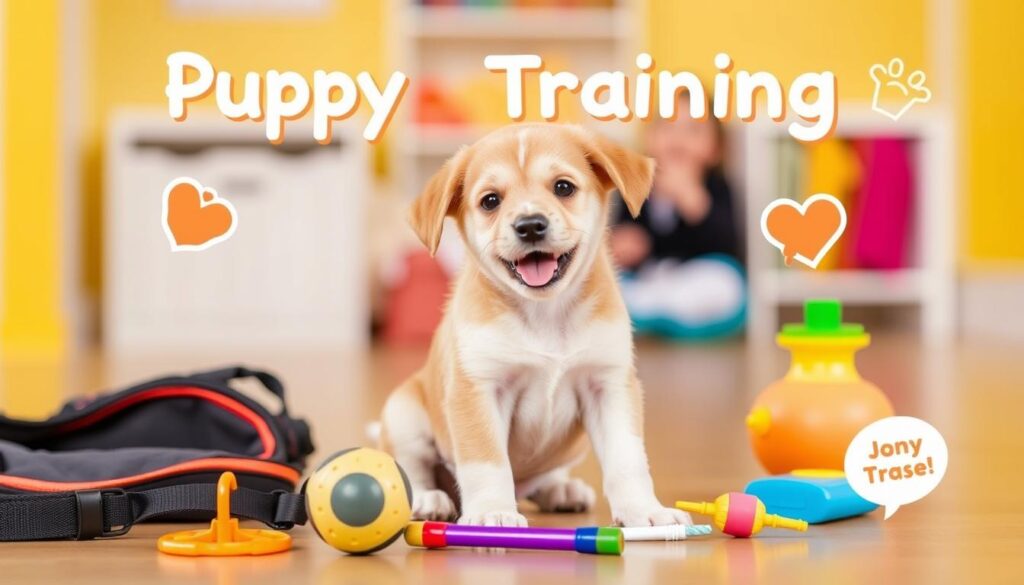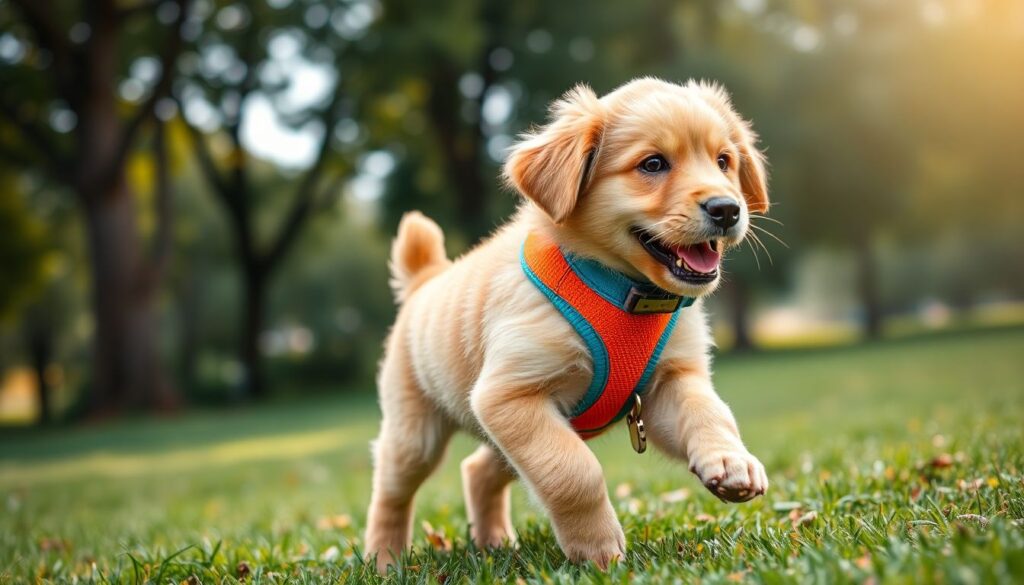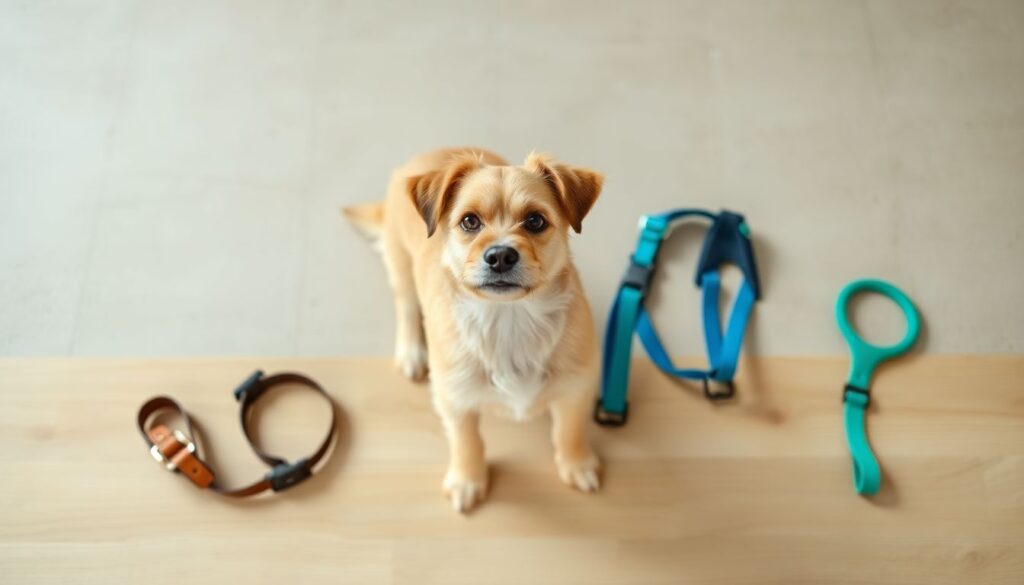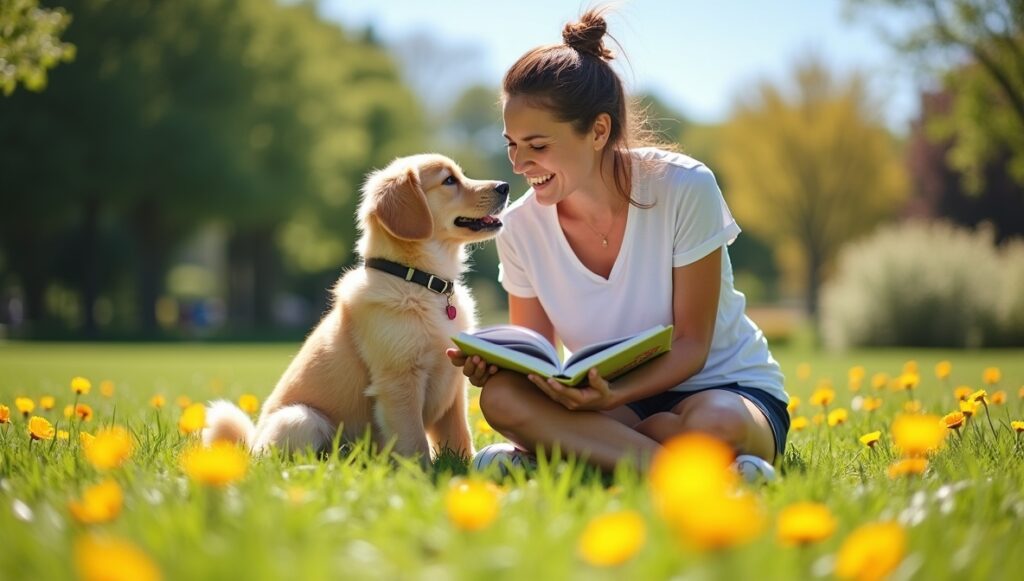Training a puppy can be one of the most rewarding yet challenging experiences for a pet owner. Many new owners find themselves overwhelmed as they navigate this new journey. But training doesn’t have to be a source of stress. A calm and positive approach can lead to a well-behaved canine companion. This guide offers practical strategies for stress-free puppy training, focusing on positive reinforcement, understanding puppy development, and setting realistic expectations.
Understanding Your Puppy’s Needs
Puppy Development Stages
Puppies go through several development stages that shape their behavior. From birth to about 12 weeks, they are in a critical socialization period. During this time, exposing them to various environments, sounds, and people is vital. According to the American Kennel Club, puppies that miss this window often face behavioral issues like fearfulness and aggression later in life.
Breed-Specific Traits
Different dog breeds have unique traits that affect training. For instance, herding breeds like Border Collies may require more mental stimulation and can learn commands quickly. On the other hand, breeds like bulldogs might be more stubborn and need more patience. Understanding these traits can help tailor training methods. Resources like the American Kennel Club (AKC) provide valuable insights into breed behaviors.
Creating a Safe and Stimulating Environment

A safe space is essential for a puppy’s development. Puppy-proof your home by removing hazards like toxic plants, electrical cords, and small objects.
- Actionable Steps:
- Set up a designated puppy area using baby gates.
- Provide chew toys and safe objects for exploration.
- Rotate toys to keep their environment engaging.
Establishing a Positive Training Foundation
Positive Reinforcement Techniques
Positive reinforcement is key to stress-free training. Rewarding good behavior encourages puppies to repeat it. Effective techniques include:
- Treats: Small, soft treats are often best.
- Praise: Use a cheerful voice to acknowledge your puppy.
- Toys: Playtime often serves as a great reward.
A certified dog trainer states, “Positive reinforcement fosters a strong bond between owner and dog, leading to better outcomes.”
Avoiding Punishment
Punishment can lead to fear and anxiety. Instead of scolding, redirect unwanted behaviors. For example, if your puppy is chewing furniture, show them an appropriate chew toy. Using gentle corrections helps build trust and a positive relationship.
Consistency and Patience
Consistency is vital in training. Use the same commands and routines to help your puppy understand expectations. Patience is also crucial. Research indicates that it can take 4 to 6 months to fully house train a puppy. Stay calm during setbacks, and remember that every puppy learns at their own pace.

Mastering Basic Obedience Commands
Potty Training Strategies
A clear potty training plan helps reduce accidents. Follow these steps:
- Take your puppy outside frequently, especially after meals and naps.
- Use a designated potty spot to encourage consistency.
- Praise them immediately after they go outside.
A real-world example: one owner had success using a visual schedule, marking times for potty breaks, which led to successful training within weeks.
Leash Training Techniques
Leash training is essential for enjoyable walks. Start by letting your puppy get used to the leash in a familiar area. Use treats to reward them for walking beside you. Gradually introduce distractions and continue rewarding good behavior.
Basic Commands (Sit, Stay, Come)
Teaching commands is straightforward:
- Sit: Hold a treat over their nose and move it back. When they sit, say “sit” and give the treat.
- Stay: Ask them to sit. Step back, and if they stay, reward them.
- Come: Use a cheerful voice and say “come” while backing away. Reward them when they approach.
Visual aids can help clarify these methods. Videos demonstrating these techniques are often very effective.
Addressing Common Puppy Problems
Chewing and Biting
Puppy chewing is normal but can be excessive. Provide suitable chew toys and redirect their attention when they chew on furniture. Statistics show that nearly 30% of puppies engage in destructive chewing.
Jumping and Nipping
To stop excessive jumping, turn away when your puppy jumps. When they settle down, praise them. For nipping, offer a toy when they nip at you to redirect their behavior.
Separation Anxiety
Separation anxiety can be tough for puppies. Start by leaving them alone for short periods, gradually increasing the duration. Crate training helps create a safe space for your puppy. A study published in the Journal of Veterinary Behavior found that gradual desensitization reduces separation anxiety in many dogs.
Maintaining a Stress-Free Training Environment

Recognizing Stress Signals
Puppies communicate stress through body language. Look for signs like yawning, lip licking, or a tucked tail. These signals show your puppy needs a break.
Taking Breaks and Adjusting Expectations
It’s essential to take breaks during training. Set realistic goals based on your puppy’s progress. Training sessions of 5-10 minutes are often effective for young pups, allowing them to absorb and learn without feeling overwhelmed.
Seeking Professional Help
If challenges persist, consider consulting a certified dog trainer or veterinarian. They can provide tailored advice and strategies, ensuring you and your puppy have the support needed for success.
Conclusion
In summary, effective puppy training can be achieved through positive reinforcement, understanding developmental needs, and fostering a supportive environment. Consistency, patience, and ongoing education are vital for success. Embrace the journey, and remember that with time and love, your puppy can grow into a well-mannered companion. Continue learning and seeking support, and enjoy the rewarding experience of training your furry friend.




